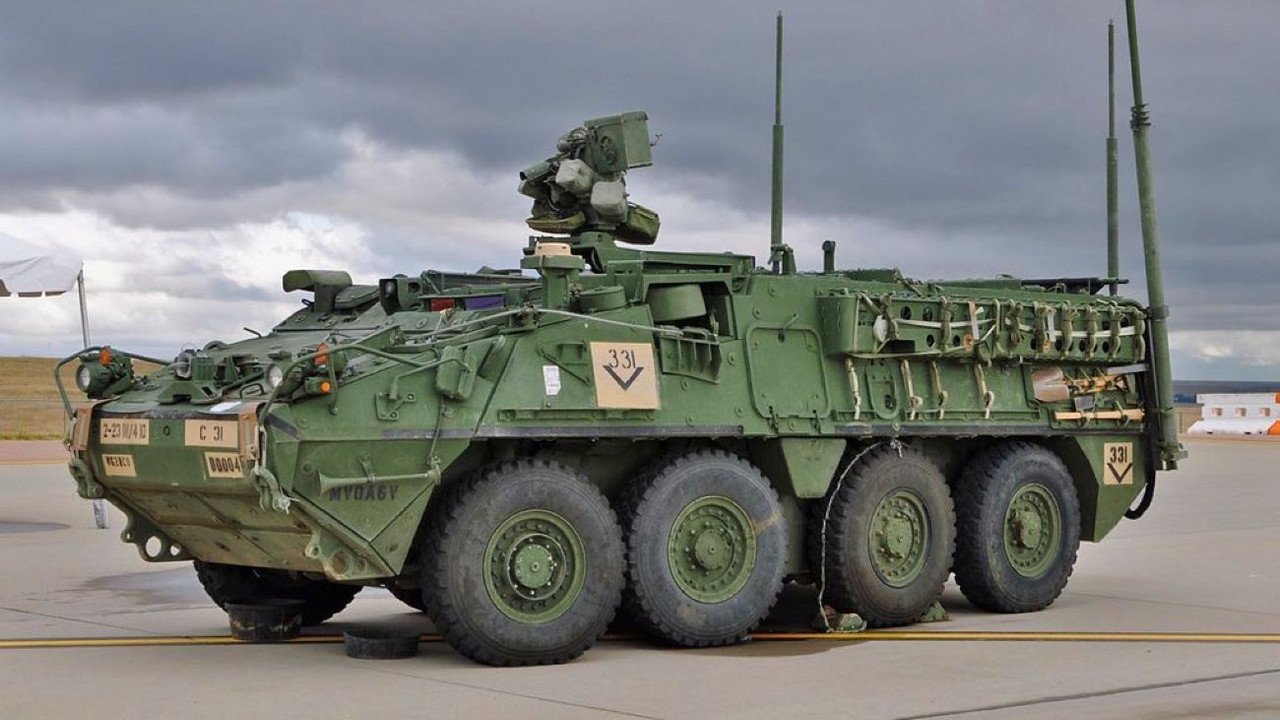SOURCE: RAUNAK KUNDE / NEWS BEAT / IDRW.ORG

In the wake of the recent 2+2 ministerial consultations between the foreign and defence ministers of India and the United States, a senior US defence official announced plans for the co-production of the Stryker Armoured Fighting Vehicle (AFV). However, insiders familiar with the matter suggest that the deal may face challenges as the current variants of the Stryker might not align with the specific requirements of the Indian Army.
While there is enthusiasm from the American Military-Industrial Complex (MIC) for the sale of the Stryker, the Indian Army is reportedly cautious and is not seeking large-scale procurement. Technical evaluations indicate that Stryker may not offer substantial superiority compared to alternatives already presented by Indian companies, including Tata, Mahindra, and Kalyani.
The Indian Army’s evaluation of the Stryker will be measured against the capabilities of indigenous offerings. The Defence Research and Development Organisation (DRDO) has already developed technology for eight-wheeled AFVs, sharing it with Tata, Mahindra, and Kalyani. Tata has introduced the Wheeled Amphibious Armoured Platform (WhAP), supplying limited variants to the Central Reserve Police Force (CRPF) and the Army. Mahindra’s AFV is undergoing developmental trials, and Kalyani is poised to present its offering.
The weight of the Stryker stands at around 16.5 tonnes, and while it has various configurations, including the Mobile Gun System (MGS) armed with a 105 mm M1128 gun, the vehicle may face competition from Indian counterparts. The Indian Army is reportedly cautious since the Stryker has an underpowered Caterpillar C7 350 hp (260 kW) engine that might not be the right choice for high-altitude operations.
The second concern is that it is estimated per unit cost is close to 40 crores in INR which is more than what the Indian Army paid to Russians for the T-90 Main Battle Tank that it procured. Indian Army won’t be able to pay this much for big orders even if they are produced in India with Total ToT since equipment costs will go up if economies of scale are not factored in.
The collaborative venture between the US and India on the Stryker faces the challenge of convincing the Indian Army that it provides a significant technological leap over the indigenous options already in development and deployment. As discussions progress, the decision-making process will likely consider both technological capabilities and strategic partnerships in shaping the future of Armoured vehicles in the Indian Army.
NOTE : Article cannot be reproduced without written permission of idrw.org in any form even for YouTube Videos to avoid Copy right strikes. Websites doing illegal reproductions will get DCMA and Legal Notices.